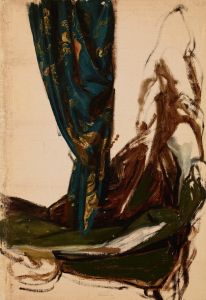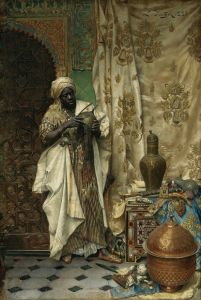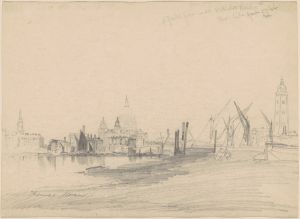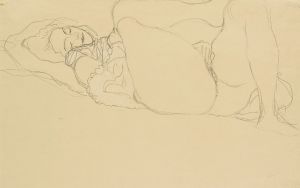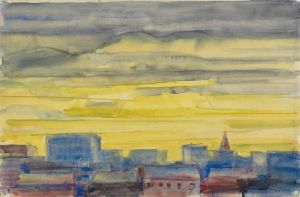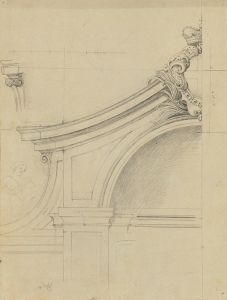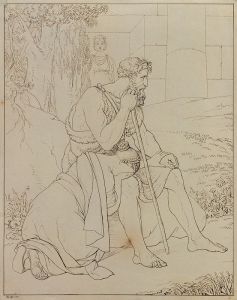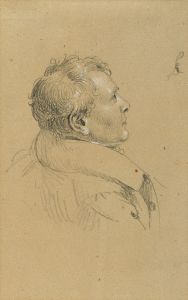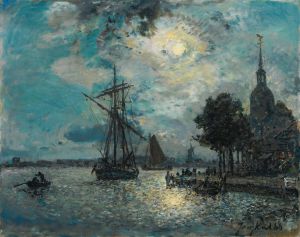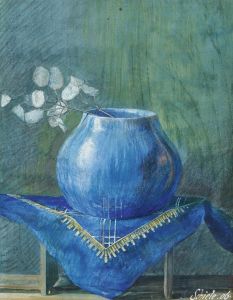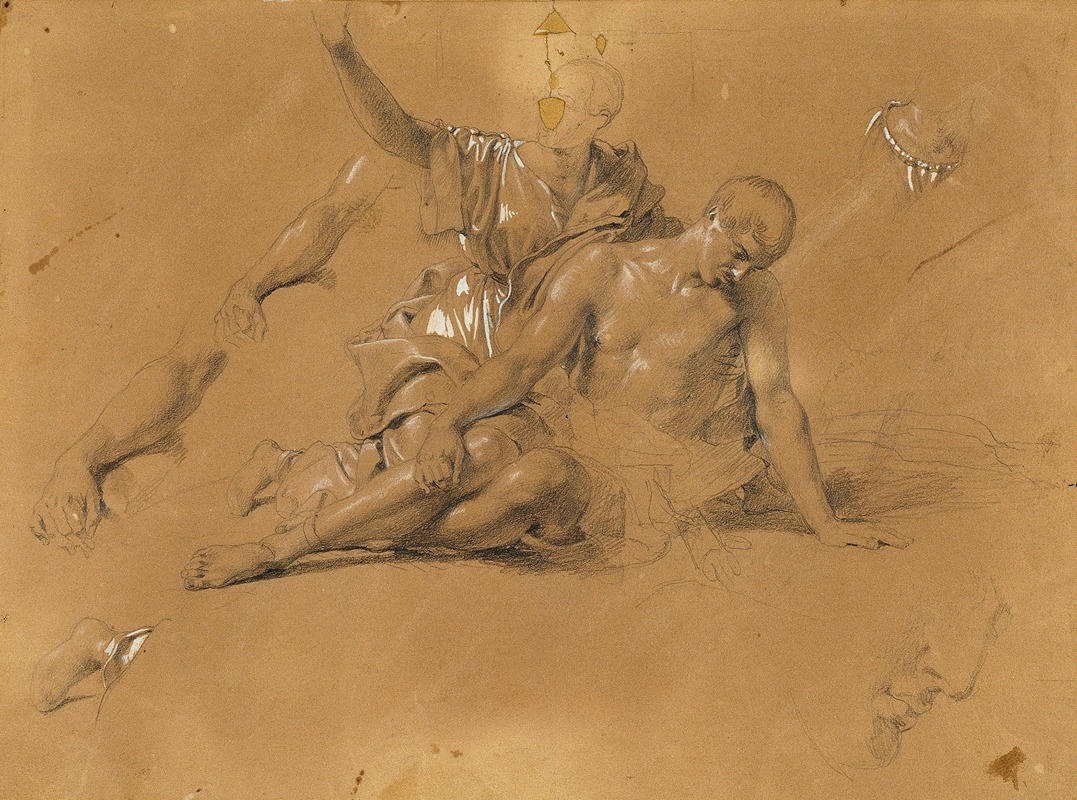
Studie zu ‘Arindal und Daura’
A hand-painted replica of Johann Peter Krafft’s masterpiece Studie zu ‘Arindal und Daura’, meticulously crafted by professional artists to capture the true essence of the original. Each piece is created with museum-quality canvas and rare mineral pigments, carefully painted by experienced artists with delicate brushstrokes and rich, layered colors to perfectly recreate the texture of the original artwork. Unlike machine-printed reproductions, this hand-painted version brings the painting to life, infused with the artist’s emotions and skill in every stroke. Whether for personal collection or home decoration, it instantly elevates the artistic atmosphere of any space.
Johann Peter Krafft was an Austrian painter known for his historical and genre scenes, as well as portraits. One of his works, "Studie zu ‘Arindal und Daura’," is a study related to a larger composition that reflects his interest in literary and historical themes. Krafft was born on September 15, 1780, in Hanau, Germany, and later moved to Vienna, where he became an influential figure in the art scene of the Austrian Empire.
Krafft's artistic education began at the Academy of Fine Arts in Vienna, where he studied under prominent artists of the time. His exposure to the Neoclassical style and the Romantic movement significantly influenced his work. Krafft's paintings often depicted scenes from literature, history, and mythology, characterized by their detailed execution and dramatic compositions.
The study "Arindal und Daura" is connected to the literary works of James Macpherson, a Scottish writer known for his Ossianic poetry. Macpherson's works, published in the 18th century, were presented as translations of ancient Gaelic poetry, supposedly composed by Ossian, a bard of the 3rd century. These works gained immense popularity across Europe and inspired numerous artists and writers, including Johann Peter Krafft.
In "Studie zu ‘Arindal und Daura’," Krafft explores themes from Macpherson's Ossianic poems. The study likely served as a preparatory work for a larger painting, capturing the emotional intensity and romanticism associated with Ossian's tales. Krafft's ability to convey emotion through facial expressions and body language is evident in this study, showcasing his skill in rendering human figures with sensitivity and depth.
Krafft's work was well-received during his lifetime, and he held several prestigious positions, including that of a court painter. His contributions to the art world extended beyond his paintings; he was also involved in the organization of art exhibitions and the promotion of young artists. Krafft's legacy is reflected in his influence on the development of 19th-century Austrian art, particularly in the realm of historical painting.
While specific details about "Studie zu ‘Arindal und Daura’" are limited, it is representative of Krafft's broader oeuvre, which often engaged with literary and historical subjects. His works are characterized by their meticulous attention to detail, vibrant use of color, and the ability to capture the essence of the narratives they depict.
Krafft passed away on October 28, 1856, in Vienna, leaving behind a body of work that continues to be studied and appreciated for its artistic and historical significance. His paintings remain part of various collections, offering insight into the cultural and artistic milieu of his time.





